Greetings All !
Yes, it’s true; my beloved LS-9’s are making music with the fully-integrated HAL MS-3 / dspMusik system. And I’ll just cut-to-the-chase right up-front: There is no going back!

This latest project with Rich was a bit out-of-the-blue for me. Long day-gig hours and the beginning of fire season here on 24 acres of forestland was (and still is) keeping me extremely busy. So, apologies in advance if I can’t respond quickly to questions or post as much as I’d like right away. I’ll defer technical questions to Rich; and concentrate on my perception of
where I was / have been before, and
where I am now in terms of my personal listening experience.
My LS-9’s were
born thanks to Hugh Nguyen of Angel City Audio, and Sean Ries of Skiing Ninja. And of course to Danny Richie for a killer design! Hugh provided the gorgeous piano black cabinets and drivers. Sean provided his custom LS-9 XO’s, plus got everything wired-up. I’ve had the LS-9’s in my main system since March, 2011. I’ve had a lot of different equipment in-line since then!
The system currently consists of:
HAL MS-3 Music Server
HAL /Danville Signal dspMusik 2/8 used as the digital XO
(4) Bryston 7BST monoblocks (with factory upgrades)
Audible Illusions L-1 tube preamp (waiting for my new L-3 to show-up)
April Music CDT 100 CD Transport (connected to the digital input on the dspMusic – haven’t tried this out yet)
Audiolab 8000T tuner
Studer A-810 ½ track master R2R
GR Research LS-9 Speakers (bi-amped) (no passive xo)
Electra Cable and JPS Labs Interconnects
Mogami TRS to XLR-M cables for connection from the dspMusik to the Brystons
TRS to dual RCA adapters for analog to digital input from L-1 to dspMusik
Virtue Audio USB2 cable for connection from MS-3 to dspMusik
Analysis Plus “Black Oval 9” speaker cables
GIK and P.I. Audio Group room treatments
The room is 24’ wide x 26’ deep. Speakers are 12’ center-to-center; and 12’ to listening position.
Listening:
Growing-up in the San Fernando Valley, CA. in the late 60’s – 80’s, playing drums and percussion and combined with recording and mastering engineers who were family friends afforded me an incredibly lucky and humbling end-to-end experience, at some of the most famous studios in existence at the time. From playing on tracks (or listening to someone else playing) to following them all the way through mixdown to master, was what brought me to wanting to reproduce those sessions, like all of us; with the best possible quality that we could actually afford, into our own listening space. So I was “assimilated” as an audioholic at a very young age. Resistance (not that there was any to begin with) was indeed futile.
When digital recording and playback entered the picture, it was certainly a brave new world. Hence the reason for the Studer A-810 in the system. My entire LP collection was destroyed in the Northridge, CA. earthquake. Digital has certainly come of age, in a world of “desiring all that is wonderful with analog sound reproduction”. Tough task. But, it’s finally getting really good, and really affordable.
I listen to everything from Big-Band, Fusion, Bebop, Latin, Classical, Rock, R&B, “Classic Country” (“modern pop and country” are usually a bit “too templated” for me) to even a little Rap -again, mostly the “old school stuff”, which was more fun than violent in nature. I listen to music from all over the world. My “farthest-back memorable musical moment” was listening to “Antonio Carlos Jobim / The Composer Plays”, in 1964 on a mono system at home. I was 4 yrs. old.
I’ve had the opportunity to play with quite a few DACs, starting with the Audio Alchemy DDE 3.0, shortly after it was first released. Most recent DACs have been a Dodd Audio DC powered DAC, and an April Music DP1. Each is different but wonderful sounding to me. I’ve tried, so far unsuccessfully, to get my hands on a Sabre DAC for comparison, but I’ve read some great comparisons between the Sabre DACs and the (4) Wolfson 8742 DACs in the dspMusik.
Rich and I have been playing around with components and great projects for a long time. I’d been experimenting with the Wolfson 874x series DACs for quite a while, just playing back tracks at their native rates, as Rich recommended. After years of
up-sample and over-sample everything to the max, this was a new paradigm for me. Now that the industry is re-mastering tracks at very high resolutions, we can enjoy playing them back at their native rates. I think this is an important point, in that, I’m listening to music at Red Book resolution, all the way to 24/192kHz through the HAL MS-3 /dspMusik system, and (so far) even the lowest resolutions sound better than I’ve ever heard in my system.
I have heard, and thanks to Bruce Brown at Puget Sound Studios, actually created a DSD file from a Studer Mastering R2R, late one night at RMAF a couple years ago. He wanted me to see the process, and hear the difference. Pretty astounding! So while the dspMusik doesn’t (yet) do DSD; I’m thrilled about what it does do. I know Rich plays his DSD DFF files, using PCM Conversion, and is very happy with the results. On another note; I haven’t used any Behringer components or outboard XO’s in the past; so I can’t comment about that difference.
Rich introduced me to Minimum Phase Apodizing Filters used in this Wolfson DAC. They are slow roll-off filters. "Minimum phase apodizing" signifies that pre-ringing is eliminated, post-ringing reduced and aliasing distortion eliminated. When I said, “what??”, he said, “listen to it now and read about it later”.

This project had these milestones:
Re-wire the LS-9’s to accept outboard XO’s.
Connect the MS-3 and dspMusik to my system.
Measure the Skiing Ninja XO (based on Danny’s design) using CLIO, and send the resulting measurement files to Rich. He’d return the necessary XO file for the dspMusik.
Copy the .awd (Audio Weaver) file derived from the passive XO measurements to the MS-3.
Start Audio Weaver, and select that XO file for use with the dspMusik.
Audio Weaver will build the file and the dspMusik will see it and use it.
Make sure I’m running the ASIO driver from within the Foobar player.
And then…
The Moment I’d been waiting for:
MUSIC !
(probably far past the moment of “just get to the results!” that
you’ve been waiting for; reading through all of this.

).
The result was immediate; no break-in time required. And now I’m going to throw-around the “usual descriptions”, but ones that are hopefully useful to you, my fellow audioholics, in relating as clearly as possible “what I heard”.
The very first things, involved
Resolution,
Musicality,
Smoothness,
Dynamics (macro and micro), and
Sound Stage.
I started pretty, “middle of the road” with 24/96 .wav and .flac files. I played following tracks from different genre’s and at varying volume levels and resolutions. I could put together some sort of track list; but I know all the tracks I listened to very, very well. And you know most of them as well, as “fairly commonly used reference tracks”. Very quiet, to very dynamic.
The most important thing was:
was I listening to ‘a system’, or was I listening to ‘music’?
Each of the five points of “what I heard” listed above were enhanced to my personal liking, and not in a small way. I knew within 30 minutes of hearing the first track and very differing following tracks, there was no-going-back.


From top end, through mid-range, to very low (but properly tight ‘n punchy) extended bass which the LS-9’s kick serious butt at. I remember the first time I tried NOS Amperex 7308 Gold Pins in my Audible Illusions line stage preamp. Wow. Liquid bass, very smooth mids, and very clean and smooth highs. This was like that moment; but exceeded it to an entirely different level of Wow. It's the combination of the fully programable dspMusik, hand-in-hand with the LS-9's. I really wasn’t expecting sound this good; this fast. And it’s
digital.
Really good,
affordable digital! I do know that would be an oxymoron to some - even me not all that long ago; but as we have come to find; it's an ever-evolving adventure, with good stuff goin' on in both analog and digital realms! I'm not giving-up feeding my Studer

Not sure how to explain this as much as it hit me; but the soundstage both “opened-up” while becoming more definitive and still silky smooth while retaining the LS-9 Punch where I expected it. Not digitally, clinically, or overly so. So far, it’s the closest
this system has gotten to the analog repro of my Studer to date. I’ve literally just gotten this all on-line, have hardly slept (can’t stop listening!) and have, as you would imagine, a lot more listening to do with different material and vs. different sources.
I’ve been fortunate to spend some time, listening with Danny (and many others, of course). Those of you who know him, know he is very intense on what he’s listening for and how to listen. I learn more every time I get to spend some time listening with him. I agree with his previous post (#34) in this thread. I’m not sure Rich will build stand-alone, Wolfson-based DACs in the future or has one to recommend, but outside of very, very expensive DACs you really can’t go wrong with the Wolfson’s. I agree that would be a good place to start, and then see if you want to try out the HAL MS-1, and then maybe the entire dspMusik system. I’d say, “Go for it”, but it does take a few extra things to make this all work. It’s so far, been more fun and exhilarating than
I even expected.
Speaking of that, gotta give my sincerest thanks to The Ninja himself, as well as Mrs. Ninja for coming a long way off-course on their trek from Colorado to Washington to visit me, and re-wire the very speakers he originally wired, to accept outboard XO’s. We did a lot of listening with his passive XO's still in the system. Great time. I’ll have that story + pics soon as I can.
My thanks to all who have contributed (and continue to do so!) to my ever-surprising musical reproduction journey. Greatest thanks to Rich, Sean and Danny on this one.

Now for some pics!
The Preamble.
Note: HAL MS-1 with custom fan and wood top! I'll be using that once again

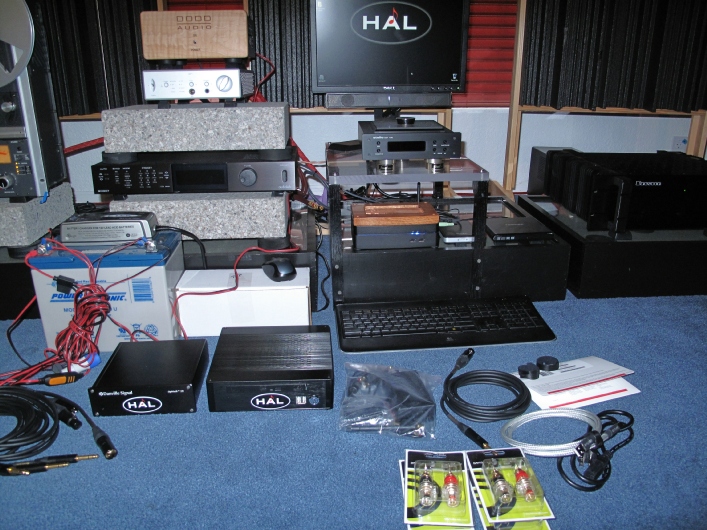
CLIO Measurement Workspace behind Rt. LS-9
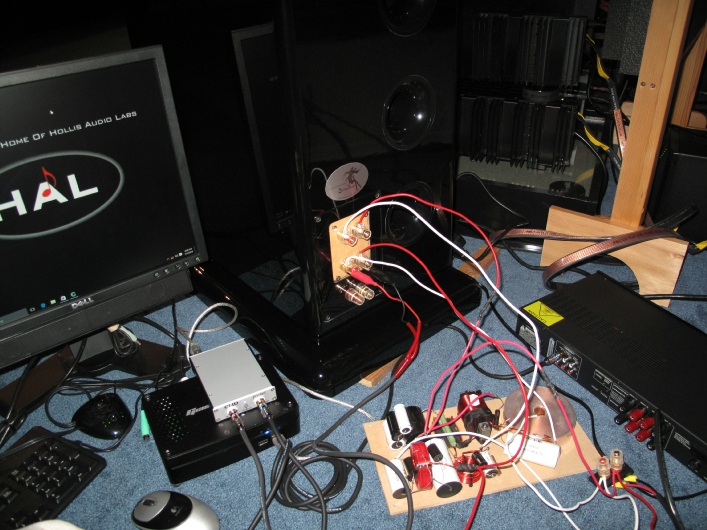
CLIO Test Measurement on passive XO
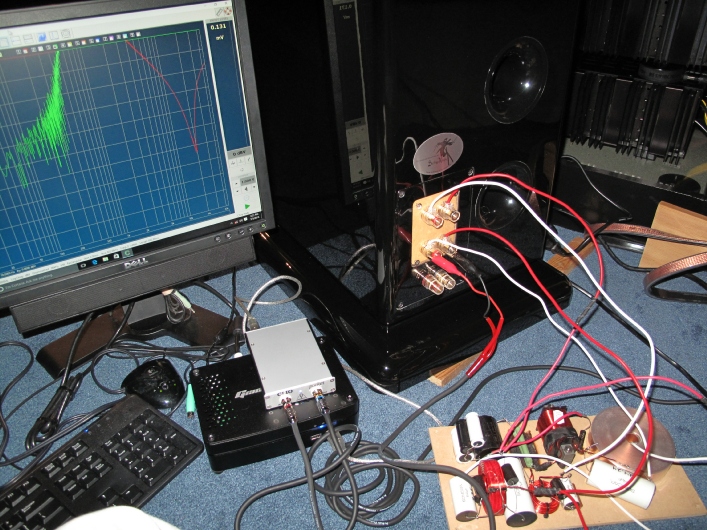
Audio Weaver LS-9 Schematic on MS-3. Generated from CLIO Measurements.
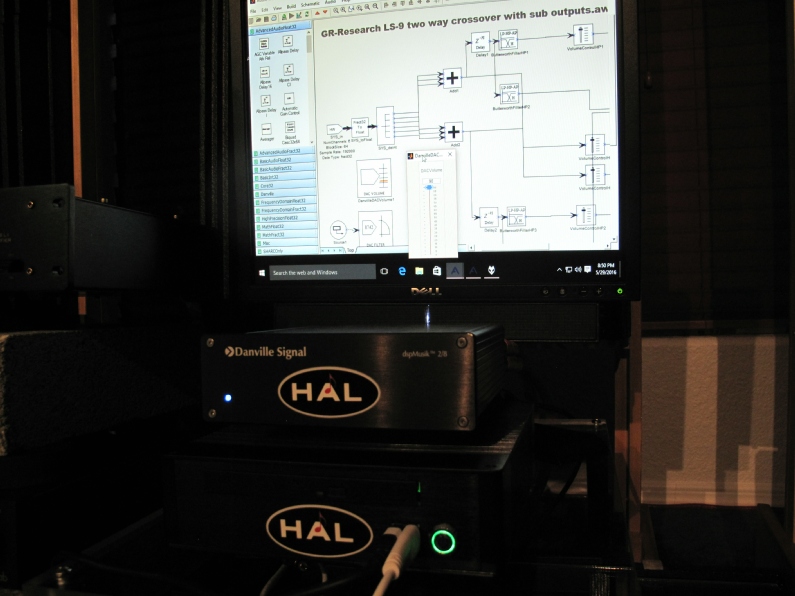
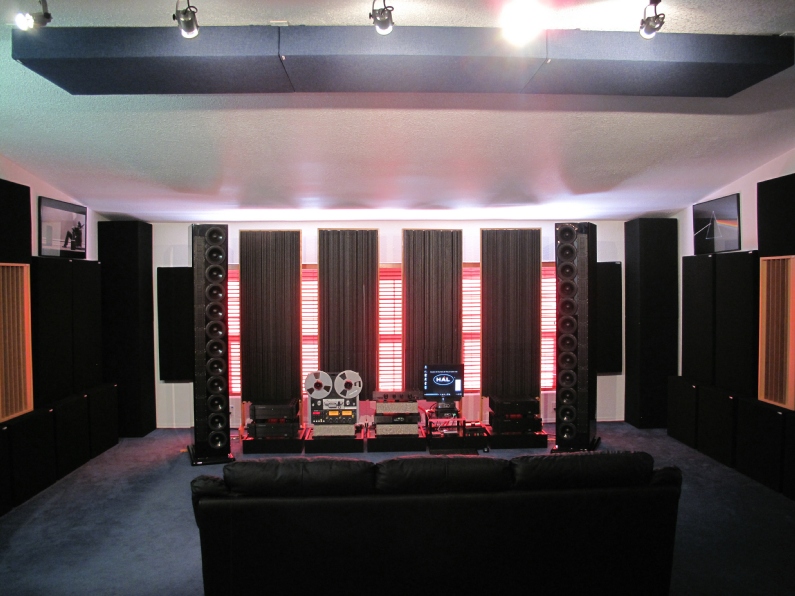
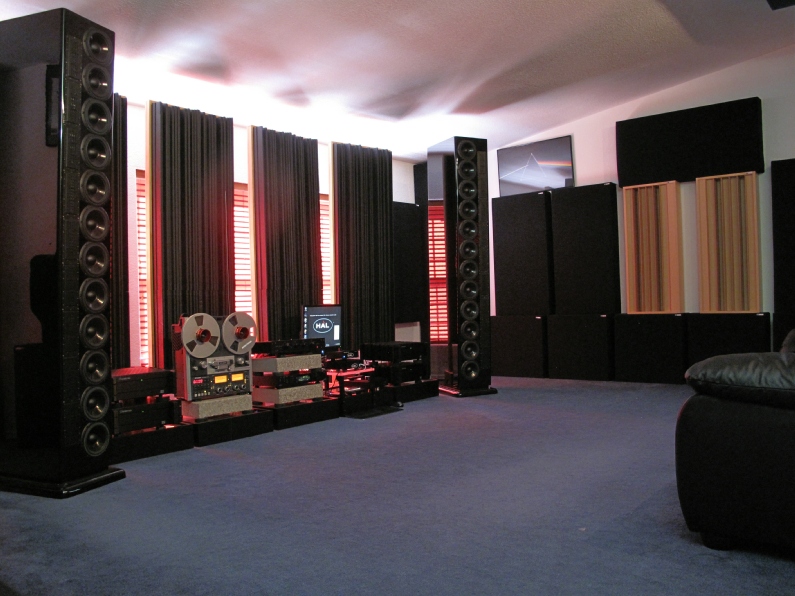
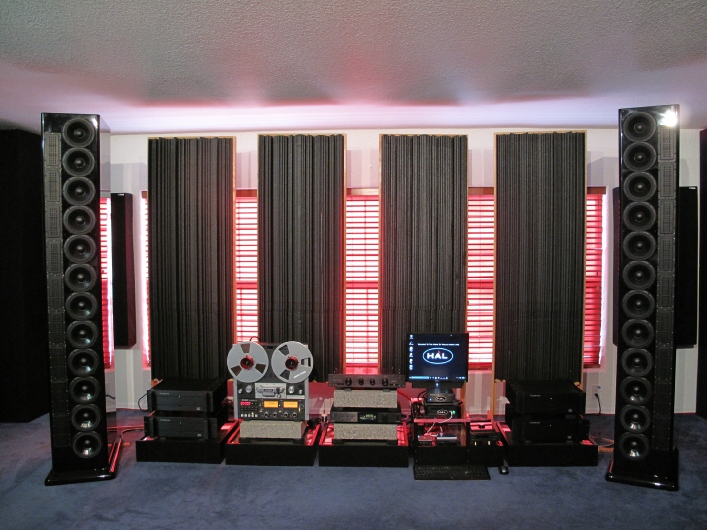
Cheers!
Chris